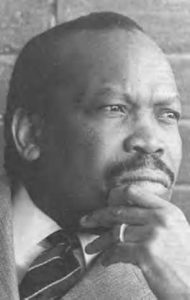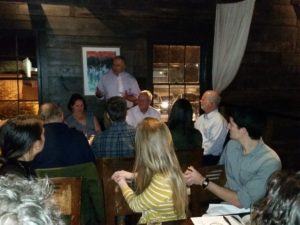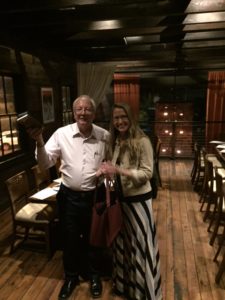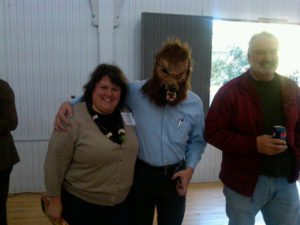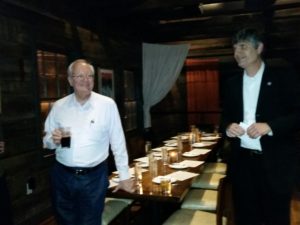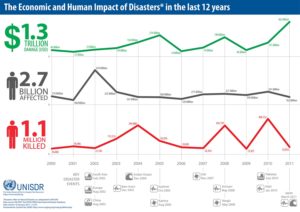The Republic of Botswana, a paragon of progress in today’s Africa, did not start life with any apparent advantages. In fact, the former British protectorate of Bechuanaland, which became independent Botswana, appeared in the 1950s to have bleak prospects, in no small part because of archaic British colonial policy. Nearly surrounded in the post-World War II period by South Africa, which was in the process of establishing its notorious apartheid policy, the colonial backwater of South-West Africa that later became independent Namibia, and the white-run Rhodesia that morphed into modern Zimbabwe, Bechuanaland was a sparsely populated land of desert and scrub that seemed fated to be swallowed by more powerful neighbors. Yet today it is both one of the most prosperous of African nations and a functioning democracy, although like any nation it has its flaws and shortcomings. But it has maintained an uninterrupted series of democratic elections since independence, a claim few African nations can make.
A curious and stunning piece of personal history lies behind the story of Botswana’s independence, which occurred in 1966. The heir to the chieftainship of the Batswana people, the nation’s predominant ethnic group, was in London in the years after World War II to study law while his uncle ruled the nation as a regent. The British had established their protectorate in 1885 after King Khama III had appealed to them in the face of rising threats from South Africa and other neighbors. With a population at the time of little more than 100,000 (now 2 million), Botswana would have been helpless in the face of invasion. Moreover, Botswana had mineral resources, including diamonds, that made the country a potentially attractive target. In the midst of all this, Seretse Khama (David Oyelowo), heir to the throne of this fragile country, managed to fall in love with an English working woman, Ruth Williams (Rosamund Pike), a typist.
A United Kingdom, a movie based on the book Colour Bar by Susan Williams, tells the story that followed from this unlikely romantic adventure. It is a little difficult at first to fathom exactly how these two become so strongly attracted to each other, but the story is based on real life, so we know they did. It’s just that it would be nice if the movie did a somewhat better job of making clear how that happened. It is clear enough that in post-war England, prejudice against black Africans remained widespread. Knowing this makes it important to better understand how Ruth Williams found the courage to face down family disapproval and societal racism to decide that, when Khama proposed to her on a London bridge, she was prepared both to move to a poor rural African nation and to assume the role of an African queen.
The disapproval occurred on both sides. Khama’s uncle, Tshekedi Khama, wanted him to divorce Willliams, and failing that, wanted to send him into exile to spare the country division over the issue. Khama refused to do either and insisted, against the advice of the British officials, most notably Alastair Canning (Jack Davenport), the condescending British liaison to Bechuanaland, that the case be presented to an assembly of the people, then all male. (It should be noted that Canning never existed. In the film he is a fictitious composite of various British colonial officials.) But in this format, we can already see the seeds of modern democracy in Batswana culture, an open forum in which people could hear and judge for themselves. Following the uncle’s denunciation of the marriage, Khama passionately makes his own case for remaining both king and the husband of his English mate, and after some tense moments of thought, the men side with him. Uncle Tshekedi moves on to form a new settlement where they no longer need to live together.
But then the machinations begin. British diplomats, worried about South African ambitions and opposition to interracial marriage, work behind the scenes to oust Khama anyway. Khama turns out to be no one’s fool; he notices that mining explorers are on Batswana land without permission and quietly enlists a British journalist to investigate, and it becomes clear that his nation may both be resource-rich and the target of those who would exploit it before Khama can assert the nation’s right to control those resources, which ultimately turn out to be diamonds. Meanwhile, the British are using the dispute between uncle and nephew to manipulate the situation for their own geopolitical advantage.
The story that follows shows both the workings of democratic dissent in the United Kingdom (the movie title is clearly a play on that name with reference to Botswana) and the dishonest nature of imperialism. Labor Prime Minister Clement Attlee seems bent on catering to South African wishes despite opposition within his own party. British officials lure Khama to Britain to negotiate a settlement, then ban him from returning for five years. Amid all this, the king and his wife must endure the burden of prolonged separation while she is pregnant and gives birth in Bechuanaland to their first child, a daughter. We watch her convictions and commitment grow as she blends in with the people she comes to love despite the skepticism many first felt about her.
Back in England, meanwhile, Winston Churchill, in a bid to return to power as prime minister, promises publicly to return the young king to his throne. Once his Conservatives regain a narrow majority in Parliament, however, he reverses course and declares a lifetime exile for Khama. Despite widespread adulation of his role in the fight against Hitler, there was a dark side to Churchill that wanted to cling to the glory of the declining British Empire. Increasingly desperate both to reunite with his wife and to save his country from these designs, Khama finally manages to get permission to return for one week to meet with his uncle and settle family affairs. Khama uses that opportunity brilliantly by convincing his uncle of the need for national unity. Overcoming the weight of tradition, they agree to forsake the traditional monarchy and seek independence with free elections, upending the British ban on Khama’s rule and setting the stage for eventual separation from the UK within the Commonwealth. In due course, by 1966 Khama was elected the first president but honored democratic principles and set the stage for a much better history than most other African nations have experienced. Moreover, the nation has largely lifted itself out of poverty, with average annual income rising from about $70 per year to nearly $20,000 today. A Texas-sized nation in southern Africa, two-thirds of which is Kalahari desert, has grown a substantial middle class and educated its citizens. Somewhere, there is a moral in this story. It strikes me that the moral centers on courage and leadership and vision, which are often in short supply in this world.
And all that means this movie deserves more attention than it will likely get, but I’d like to hope that it will get that attention anyway. It is a powerful antidote to much of what we still see happening in the world today. It reminds us that one can stand for dignity in politics and make change accordingly. And while you’re watching A United Kingdom, enjoy the dramatic South African scenery, the lively romantic plot, and the brilliant acting. It is a movie, after all.
Jim Schwab

